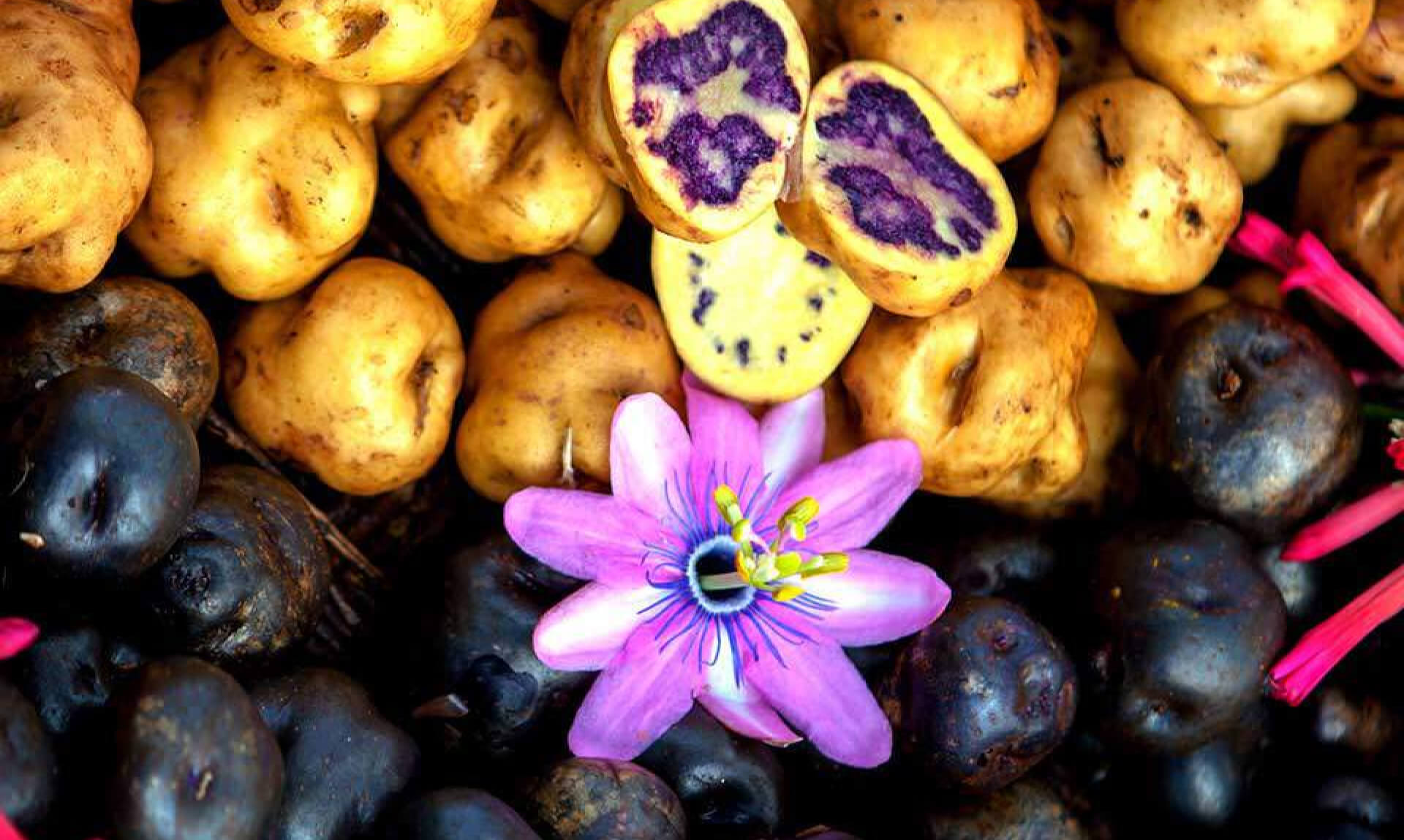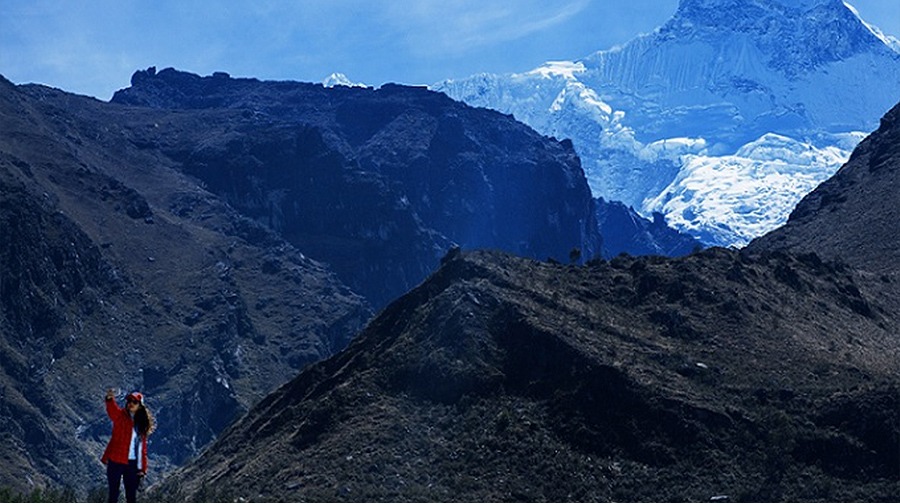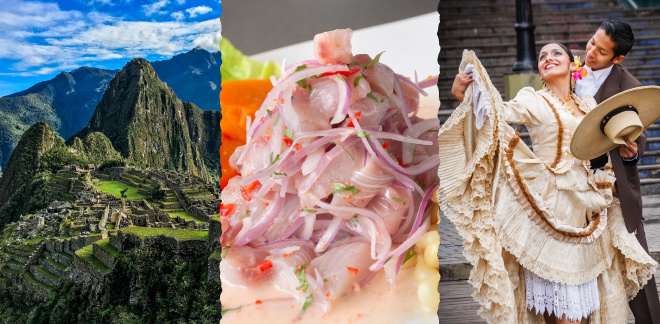Peru is one of the most biodiverse countries on the planet
Síguenos en:Google News
Peruvians have many reasons to be proud. Interestingly, one such reason is its diversity. A quality that can be appreciated within the population itself, as well as through the wonderful gifts that its land has to offer.
Thus, in the wake of the International Day for Biological Diversity, celebrated every May 22, it is important to remember that Peru ranks 14th among the world's most biodiverse countries, according to a report released by the International Union for Conservation of Nature and UNESCO.
"In Peru there are three very different regions: the Andes mountains, the Pacific coast and the Amazon jungle, where native animals such as the llama, the alpaca and the condor live," states the article that accompanies the mention in National Geographic’s prestigious portal.
You can see it here by clicking on the following link.
In fact, according to the Andean Agency, Peru has registered 25,000 species of flora (10% of the world total), a third of which are endemic species (that is, they are restricted to Peruvian territory). Bless you, Amancaes flower!
Moreover, this universe of green is not only made up of beautiful flowers, but also useful ones. Peru ranks first worldwide in plant species that have diverse properties used by the population (more than 4,000 species), as well as native domesticated species (128).
And that’s not all! Peru also tops the chart in terms of edible plants and their wild relatives, with 787 species.
Diverse fauna
Peru also stands out in terms of animal varieties thanks to the diversity of ecosystems that converge in its territory. There is no country with a greater variety of fish, for example: there are almost 2,000 species (10% of the world total). And there is no other place on the planet with a greater variety of butterflies: 4,441 species.
Furthermore, Peru is ranked second in terms of its variety of birds, third in terms of amphibians and mammals, and fifth in terms of its number of reptile species.
And if this doesn’t convince you, check out what Antonio Raimondi had to say: "The hiss of the snake; the buzzing of insects (...) together form the noisy music of the workers in the great workshop of nature" (written in the middle of a journey through the East of Peru).
A treasure worth protecting
In difficult times for biological species, it is the moral duty of every inhabitant of the planet to protect natural resources. In the case of Peru, the institution in charge of this important task is the National Service of Natural Areas Protected by the State-SERNANP, an agency attached to the Ministry of the Environment, whose motto is "Our nature. Our Development".
One of the various mappings carried out by this entity refers to the fact that 84 of the 117 life zones on the planet are in Peru. This privilege is due, in part, to the geoclimatic conditions and the presence of the Amazon River, which originates in the thaws of the high peaks of Arequipa.
Peru is a poem to life that we all have an obligation to protect.
Otherwise, let Vallejo do the talking: "Sierra of my Peru, Peru of the world, and Peru at the base of the orb; I stick with you!"
Sources: Sernanp/ Andina/ National Geographic/ biblioteca.org.ar








